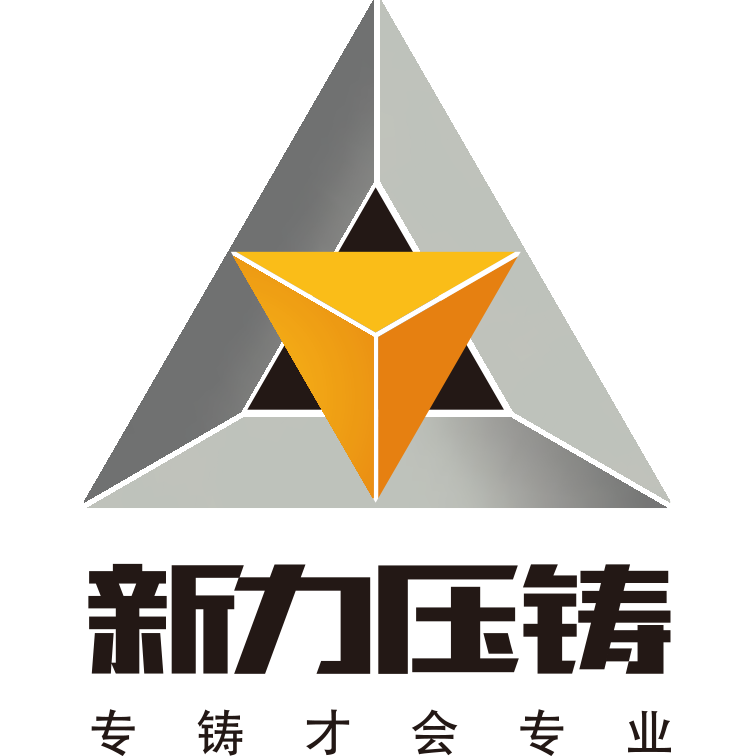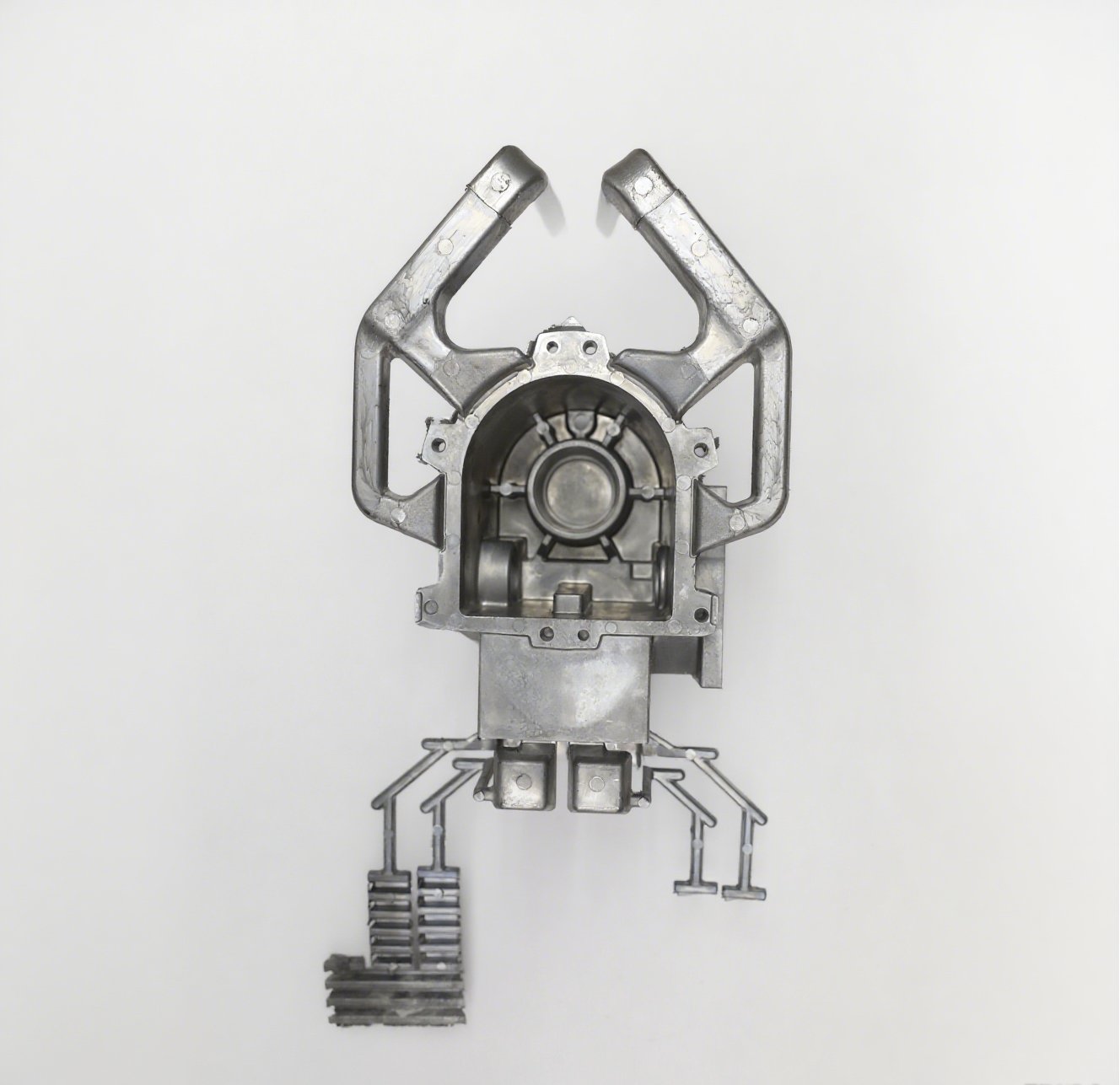Product Features:
1. Aviation-Grade Aluminum-Based Material: The Ultimate Balance of Lightweight and Strength
Material Selection: Utilizing 6061-T6 high-strength aluminum alloy, with a density of only 2.7g/cm³, this cylinder block is 65% lighter than cast iron components, effectively reducing overall engine weight and improving fuel economy. Its tensile strength reaches 290MPa and its yield strength reaches 240MPa, meeting engine torque shocks of 200-500N·m.
Lightweight Design: Through topological optimization, the cylinder block wall thickness in key stress-bearing areas is reduced to 3.5mm, while the non-stress-bearing areas are thinned to 1.8mm. This achieves a further 18% weight reduction while maintaining strength, contributing to the engine's "lightweight revolution." 2. Die-casting Breakthrough: Complex Structures Molded in One Shot
Precision Integration: Complex features such as the internal cavity (15mm depth), reinforcing ribs (2mm spacing), and connecting holes (φ6±0.05mm) are die-casted in an integrated manner, eliminating gaps and stress concentrations associated with traditional splicing processes. This improves cylinder block assembly precision by 45%, with power transmission deviation ≤0.03mm.
Technical Breakthrough: Overcoming the challenges of deep-cavity die-casting (mold draft angle ≤1°) and multiple undercuts (four complex structures). The internal porosity is ≤1%, and leak-free after 500 hours of airtightness testing, equivalent to 200,000 kilometers of reliable engine operation.
3. Structural Design: Customized Mechanical Optimization for the Engine
Reinforced Ribs: A "tic-tip" support network of 8 radial and 3 annular ribs increases cylinder block rigidity by 60%, effectively resisting high-frequency piston impacts (≤3000 times/minute), and reducing engine NVH (noise and vibration) by 12dB. Precision-Fit Interface: The connection holes achieve a ≥99.5% fit with the cylinder block and crankshaft components, ensuring zero-lag power transmission. Compatible with a variety of engine architectures, including naturally aspirated and turbocharged, with a compatibility rate exceeding 90%.
Optimized Thermal Management: Reinforced ribs work collaboratively with the cylinder block's heat dissipation channels to accelerate heat transfer, reducing cylinder operating temperatures by 15°C, slowing oil degradation by 25%, and extending engine maintenance intervals.
4. Enhanced Performance: Confidence in Extreme Operating Conditions
Wear Protection: The surface undergoes a hard anodizing treatment, creating an 8-12μm oxide film thickness. This improves wear resistance by 50%, protects against friction damage to components like piston rings and crankshafts, and extends engine overhaul intervals by 35%.
Fatigue Resistance: Passing 1 million alternating stress cycles, the probability of fatigue fracture is reduced by 40%, making it suitable for extreme use scenarios such as racing and heavy-duty vehicles, meeting the engine's high-load, long-life requirements.
5. Customized Ecosystem: Full-chain Support from R&D to Mass Production
Multi-Model Adaptation: Supports customized 4- and 6-cylinder engine blocks for diverse application scenarios such as passenger cars, construction machinery, and marine propulsion. With a mold development cycle of ≤30 days, it rapidly responds to market demand.
Digital Collaboration: Providing 3D digital models and MBD (Model-Based Definition) data, it helps engine manufacturers digitize the entire process from "virtual assembly - simulation verification - mass production," improving development efficiency by 50%.
6. Green Manufacturing: Sustainable "Hidden Value"
Material Recycling: Aluminum alloy is 100% recyclable, and the production process reduces carbon emissions by 60% compared to cast iron parts, aligning with the "dual carbon" goals and helping OEMs create "green power" products.
Energy Consumption Optimization: Compared to traditional machining, the die-casting process reduces production energy consumption by 45%, minimizing the environmental impact of the manufacturing process and providing dual value for "cost reduction and emission reduction" in the engine industry.


